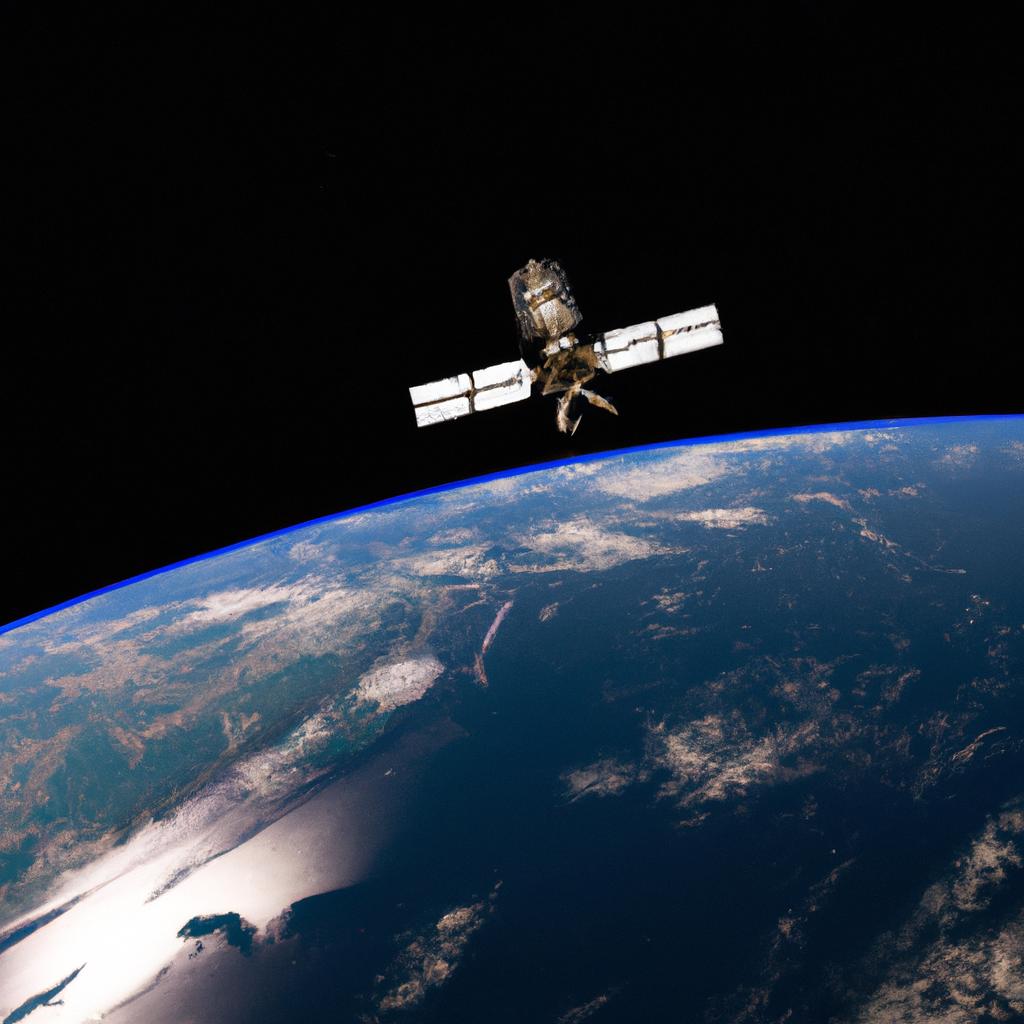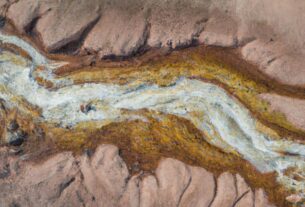As our world continues to evolve, it becomes increasingly crucial to monitor the health and well-being of the Earth. Introducing the Eyes on the Earth initiative, a program that leverages various tools to monitor the Earth’s different systems, including its atmosphere, oceans, and land surfaces. Collaborating with organizations like NASA, the European Space Agency, and international partners, Eyes on the Earth aims to provide valuable data to better comprehend and predict natural disasters, track climate change, and more.
The Ambitious Eyes on the Earth Program
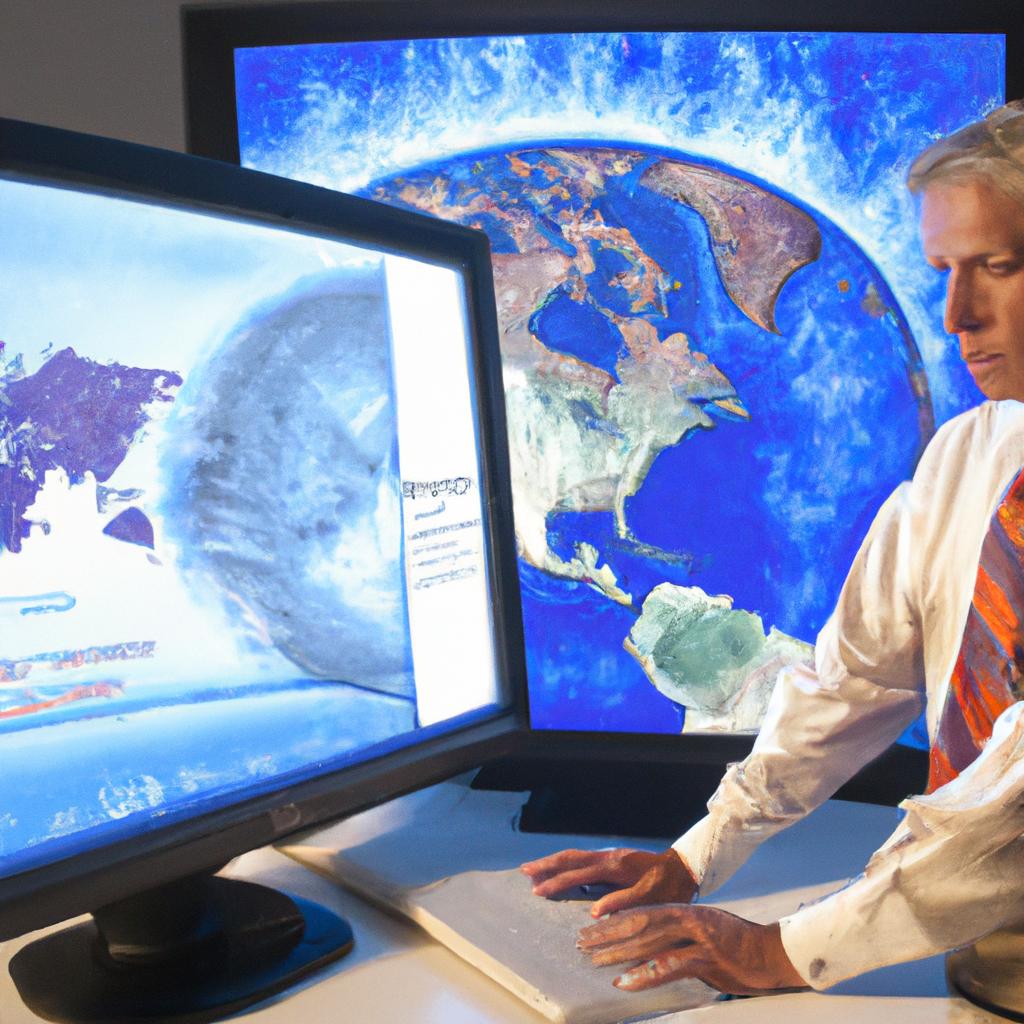
The Eyes on the Earth program is an ambitious project that utilizes a range of Earth-monitoring tools to collect data on the planet’s various systems. Satellites, buoys, ground-based sensors, and more all play a significant role in this endeavor. Satellites, in particular, provide a unique perspective on the Earth, allowing scientists to observe the planet in ways that would not be possible from the ground.
Buoys are another essential tool used by the program to gather data on the Earth’s oceans, including temperature, salinity, and wave height. This data is critical for understanding ocean currents and weather patterns. Ground-based sensors are employed to measure variables such as temperature, humidity, and soil moisture, providing valuable insights into the Earth’s land surfaces.
The Benefits of Earth Monitoring
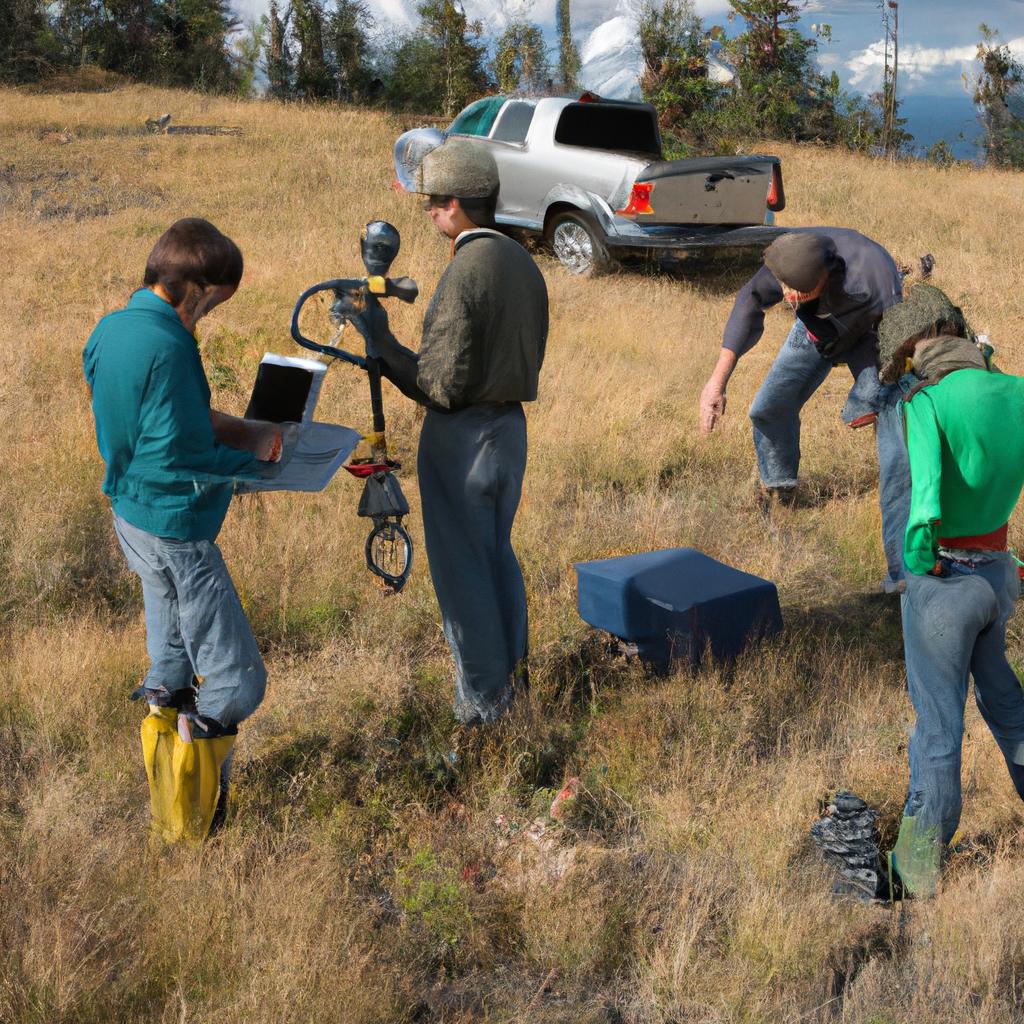
Monitoring the Earth yields numerous benefits, including predicting natural disasters and tracking climate change. By monitoring weather patterns and ocean currents, scientists can better predict and prepare for hurricanes, tsunamis, and other natural disasters, enabling communities to take necessary precautions and evacuate if required.
Another significant advantage of Earth monitoring is the ability to track climate change. By collecting data on the Earth’s various systems over time, scientists can identify trends and patterns that indicate changes in the Earth’s climate. This information is vital for developing strategies to mitigate the effects of climate change and safeguard the planet for future generations.
Data collected from Earth-monitoring tools also find applications in various fields, such as agriculture, transportation, and public health. For example, soil moisture and temperature data help optimize crop yields and improve agricultural practices. Weather patterns and traffic data aid in optimizing transportation routes and reducing congestion. Air quality data assists in identifying and addressing public health issues associated with pollution.
Challenges and Limitations

Despite the many benefits of Earth monitoring, several challenges and limitations exist. Limited access to certain areas, such as the polar regions or deep oceans, poses one of the biggest challenges. These regions can be difficult to monitor due to their remote locations or harsh conditions, making it challenging to gather accurate data. This limitation significantly impacts our understanding of the Earth’s systems as a whole.
The high cost of tools and technologies is another challenge associated with Earth monitoring. Satellites, buoys, and ground-based sensors are all costly to develop, launch, and maintain. Countries or organizations with limited resources often find it challenging to participate in Earth monitoring efforts.
To overcome these challenges, collaboration and innovation are vital. By working together, countries and organizations can share resources and expertise to expand Earth-monitoring initiatives. Technological advancements and improved data analysis techniques can help reduce costs and enhance the accuracy of data collected from Earth-monitoring tools. By addressing these challenges head-on, we can continue to monitor the Earth and protect it for generations to come.
The Future of Earth Monitoring
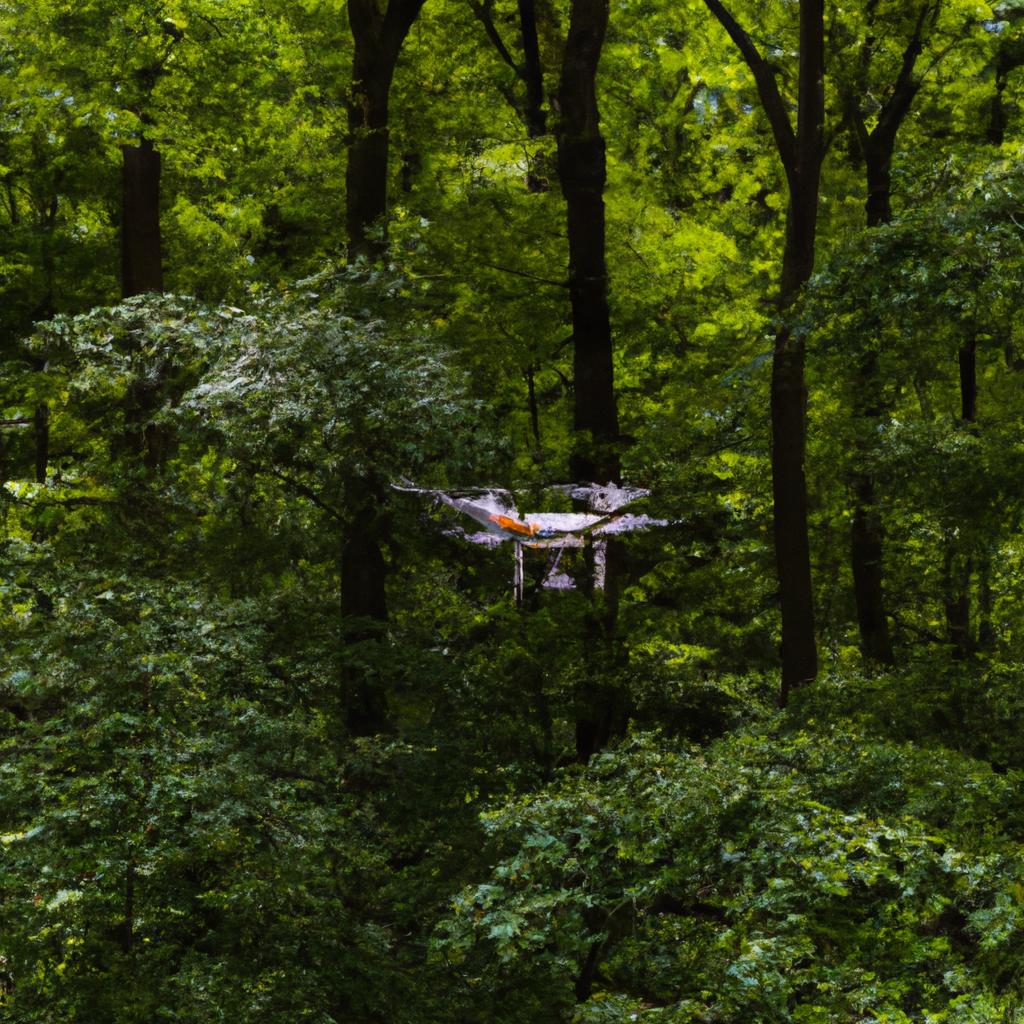
With advancing technology, the future of Earth monitoring looks promising. New tools and technologies are being developed to enable even more accurate and comprehensive monitoring of the Earth’s various systems. For instance, NASA is currently working on the Sentinel-6 Michael Freilich satellite, designed to gather data on ocean currents and sea level rise.
Increased collaboration among nations is also expected to play a significant role in the future of Earth monitoring. As climate change continues to be a global issue, countries worldwide recognize the importance of working together to monitor and combat its effects. This collaboration not only benefits the planet but also fosters stronger relationships among nations.
Conclusion
Monitoring the Earth is crucial for understanding and predicting natural disasters, tracking climate change, and more. The Eyes on the Earth program, a collaboration between NASA, the European Space Agency, and international partners, strives to provide valuable data to enhance our understanding of the planet.
With technology continually advancing, the future of Earth monitoring looks promising. Through the development of new tools and technologies and increased collaboration among nations, we can expect to gain even more insights into the health and well-being of our planet.
At TooLacks, we recognize the importance of Earth monitoring and fully support ongoing efforts to monitor and protect our planet. We encourage our readers to do the same by supporting initiatives like the Eyes on the Earth program and taking action to reduce their carbon footprint. Together, we can work towards a brighter and more sustainable future for all.
To learn more about TooLacks, please visit TooLacks.
